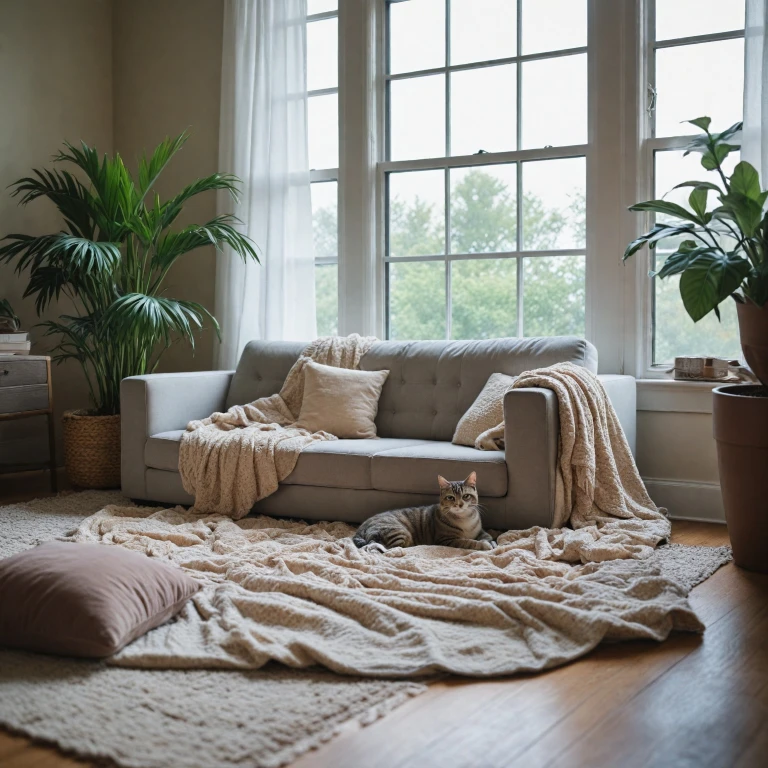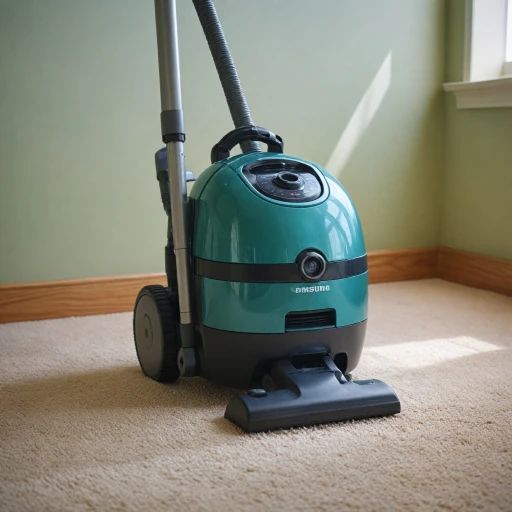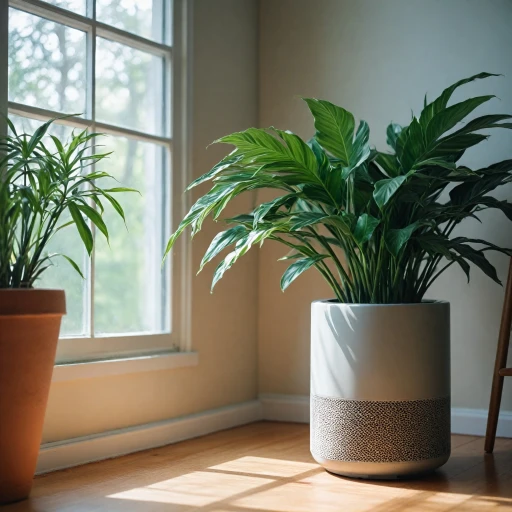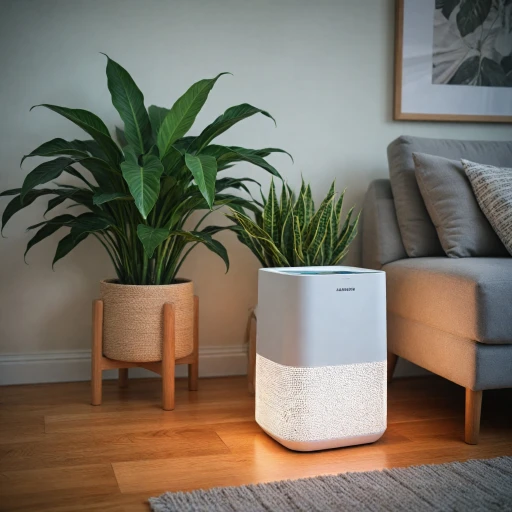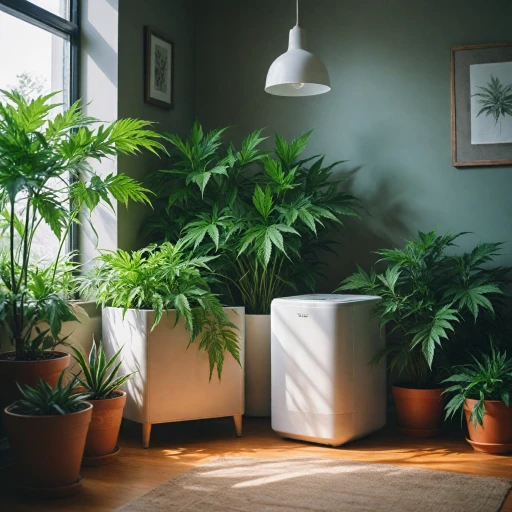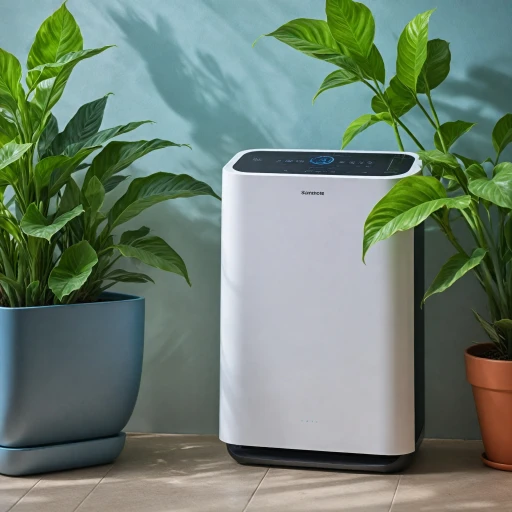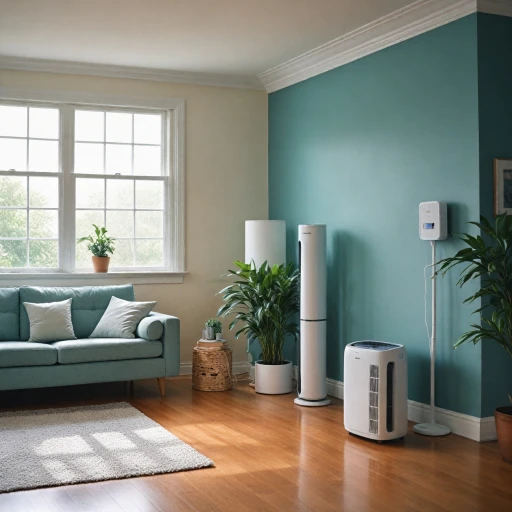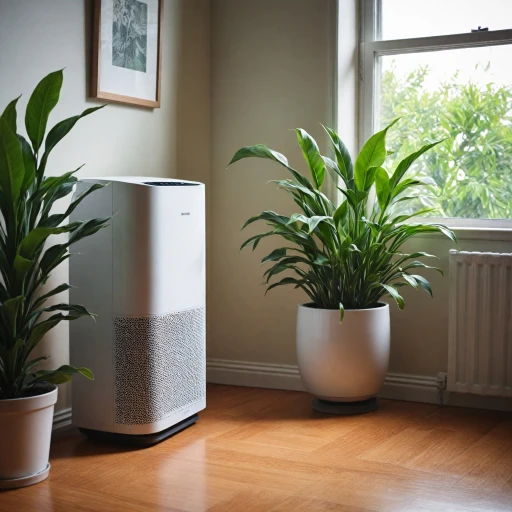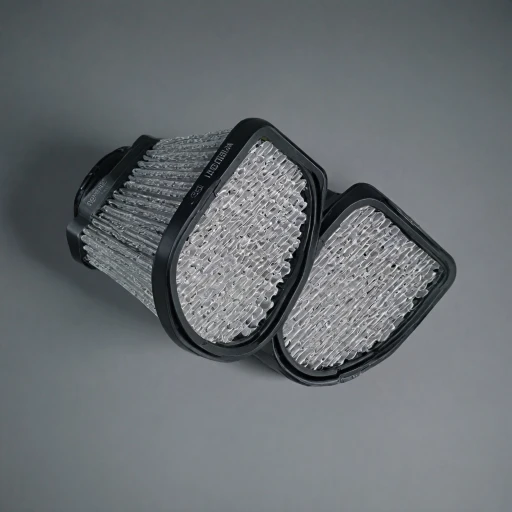
Understanding Pet Allergies and Their Impact
The Connection Between Pets and Allergies
People who share their homes with furry friends often experience the joys that pets bring, such as companionship and unconditional love. However, along with these benefits, pets can also introduce allergens into the home environment. Pet allergies stem from proteins in pet saliva, urine, and dander—tiny flakes of skin shed by animals with fur or feathers. When these particles become airborne and are inhaled, individuals with allergies may experience reactions ranging from mild to severe. Common symptoms include sneezing, itching, nasal congestion, and even asthma attacks.
The Role of Air Purifiers in Combatting Pet Allergies
The introduction of an air purifier with advanced filtration technology can significantly reduce the presence of pet allergens in your indoor space. By removing microscopic particles such as pet dander, hair, and other pollutants from the air, air purifiers help create a cleaner and more comfortable living environment. Choosing the right air purifier can therefore be crucial for those suffering from pet allergies.
Understanding Different Types of Filtration Systems
When selecting an air purifier, it's important to understand the various types of filters available. Hepa filters are known for their efficiency in capturing tiny particles, making them ideal for individuals with allergies. True hepa filters have the capability to trap up to 99.97% of particles as small as 0.3 microns. Carbon filters, on the other hand, specialize in removing odors and smoke from the air, complementing the hepa filter by enhancing overall air quality. Some air purifiers even combine these technologies to offer comprehensive filtration solutions.
Improving Indoor Air Quality for Allergy Relief
In addition to choosing the best air purifier for your needs, adopting other strategies can further enhance your indoor air quality. Regularly cleaning and vacuuming with a HEPA vacuum can prevent the build-up of pet hair and allergens in your room. Using a pre filter can extend the life of your air purifier's main filter by capturing larger particles. Together, these efforts can lead to noticeable improvements in symptoms and a more pleasant home environment.
Key Features to Look for in an Air Purifier
Choosing the Right Features for Optimal Filtration
When it comes to managing allergies caused by pets, choosing an air purifier with the right features can make a noticeable difference in air quality. Here, we will cover essential features that every allergy sufferer should consider when selecting an air purifier for their home.- HEPA Filters: High-Efficiency Particulate Air (HEPA) filters are crucial in trapping tiny particles that can trigger pet allergies and asthma. A true HEPA filter can capture up to 99.97% of particles as small as 0.3 microns, including pet dander, dust, and smoke.
- Activated Carbon Filters: These filters help in neutralizing odors and capturing volatile organic compounds (VOCs) present in pet hair and room air. Combined with HEPA filters, they enhance the filtration effectiveness.
- CADR Rating: The Clean Air Delivery Rate (CADR) measures the efficiency of an air purifier, noting how well it will filter allergens like smoke, dust, and pollen in a specified room size. A higher CADR rating generally indicates better performance.
- Pre-Filters: A pre-filter can trap larger particles such as pet hair before they reach the main filter. This prolongs the life of both the HEPA and carbon filters and maintains the purifier's efficiency.
Consider the Room Size
Selecting an air purifier with adequate capacity for your room is crucial. Many brands, including Levoit and Dyson, offer air purifiers with various efficiencies suited for different room sizes. Be sure to check the recommended room coverage to ensure optimal air cleansing.User-Friendly Features
Don't overlook convenience features that make an air purifier easier to use and maintain. Look for air purifiers that include indicators for filter replacement, multiple fan speeds, and automatic shut-off or sleep modes. In today's digital world, smart operation features can allow hassle-free adjustment straight from your smartphone. For a deeper understanding of optimizing filter choice and air purifiers to combat allergens, the following ideal air purifier review offers a comprehensive look at some of the best air purifiers on the market.Top Air Purifiers for Pet Allergy Sufferers
Outstanding Choices for Combating Pet Allergies
When it comes to finding the best air purifiers tailored for pet allergy sufferers, not all models are created equal. A careful examination of technologies and features that effectively address allergens, such as pet dander and hair, is necessary. Here are top air purifiers that are highly recommended for their ability to enhance indoor air quality.- HEPA Air Purifiers: High Efficiency Particulate Air (HEPA) filters are crucial for capturing up to 99.97% of particles as small as 0.3 microns. They are essential in reducing airborne allergens, including pet dander, pollen, and dust mites. Many models incorporate true HEPA filter technology, ensuring a rigorous filtration process.
- Activated Carbon Filters: For odors and gases, activated carbon filters can be a great help. Pet odors are effectively minimized by these filters, making your living spaces more pleasant. They complement HEPA filters by adding another layer of filtration that targets different pollutants.
- Pre-Filters: Often overlooked, pre-filters are the first line of defense in trapping larger particles such as pet hair, significantly enhancing the lifespan of the main HEPA filter.
- CADR Ratings: The Clean Air Delivery Rate (CADR) indicates the volume of filtered air per minute a purifier can deliver. Models with higher CADR ratings are generally more effective in swiftly improving air quality, especially in larger rooms.
- Levoit Core Series: The Levoit Core series deserves a mention for its combination of HEPA and carbon filtration, adept at handling pet allergens and smoke. These compact units fit well in small and medium-sized rooms while offering efficient purification.
- Dyson Purifiers: Known for their advanced technology, Dyson purifiers frequently boast seamless integration of air quality sensors, fan adjustments, and attractive designs. These features cater to individuals with asthma and allergies by ensuring the cleanest air possible around the clock.
How to Maintain Your Air Purifier for Optimal Performance
Maximize Efficiency: Proper Maintenance Tips
Maintaining your air purifier in peak condition can ensure it effectively minimizes pet allergens like hair and dander, leading to improved air quality and allergy relief. Let’s explore some essential practices to keep your best air purifier operating optimally, providing clean air throughout your home.
Regularly Check and Replace Filters
- HEPA Filters: These filters are excellent at capturing microscopic particles, including pet dander and other allergens. It's crucial to replace HEPA filters every 6 to 12 months, or as recommended by the manufacturer, to ensure effective filtration.
- Carbon Filters: Activated carbon filters help remove odors and volatile organic compounds. Check every 3 to 6 months and replace as needed to keep your indoor air fresh.
- Pre-Filters: These capture larger particles such as pet hair, extending the lifespan of HEPA and carbon filters. Clean or replace them every month, depending on the model.
Monitor Your Air Quality
Many modern purifiers come with CADR (Clean Air Delivery Rate) ratings and air quality indicators to help you gauge performance. Consistently monitor these ratings, especially when dealing with asthma and allergies, to ensure your room air remains clean.
Clean Unit Exteriors and Vents
Pet hair and dust can accumulate on the outside of the purifier and in air vents, affecting performance. Use a soft cloth or brush to gently clean the exterior and vents weekly, preventing excessive debris buildup.
Adhere to Manufacturer Guidelines
Each air purifier, whether it's a Levoit Core or Dyson purifier, will have specific maintenance instructions. Following the manufacturer’s guidelines ensures you get credit for extending the device’s lifespan and maintaining its efficiency in removing smoke, allergens, and other particles.
Additional Strategies to Minimize Pet Allergens at Home
Enhancing Indoor Air Quality Beyond Purifiers
While investing in the best air purifier is a significant step towards reducing pet allergens, there are additional strategies you can implement to further improve your indoor air quality. These measures can complement the filtration capabilities of your air purifier, ensuring a cleaner and healthier environment for allergy sufferers.
Regular Cleaning and Vacuuming
One of the most effective ways to minimize pet dander and hair is through consistent cleaning. Vacuum your home regularly using a vacuum cleaner equipped with a HEPA filter. This helps capture pet hair and other particles that may not be caught by your air purifier alone. Additionally, consider washing pet bedding and toys frequently to reduce the accumulation of allergens.
Utilize Air Purifiers in Key Areas
Strategically place air purifiers in rooms where your pets spend the most time. This ensures that the air in these areas is continuously filtered, reducing the concentration of allergens. For optimal results, choose purifiers with a high CADR (Clean Air Delivery Rate) to efficiently handle pet hair and dander.
Implement a No-Pet Zone
Designate certain areas of your home as pet-free zones, such as bedrooms or home offices. This can significantly reduce the amount of pet allergens in these spaces, providing a safe haven for those with severe allergies or asthma.
Invest in High-Quality Filters
Ensure your air purifier is equipped with a true HEPA filter and an activated carbon filter. These filters are highly effective in trapping small particles, including pet dander, and neutralizing odors. Regularly replace these filters as recommended by the manufacturer to maintain the purifier's efficiency.
Monitor and Adjust Humidity Levels
Maintaining optimal humidity levels can also help in managing pet allergens. Use a dehumidifier if necessary to keep humidity levels between 30-50%. This range discourages the growth of mold and dust mites, which can exacerbate allergies.
By integrating these strategies with the use of a high-quality air purifier, you can create a more comfortable living environment for both you and your pets, minimizing the impact of pet allergies.
